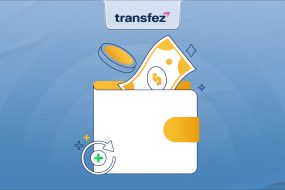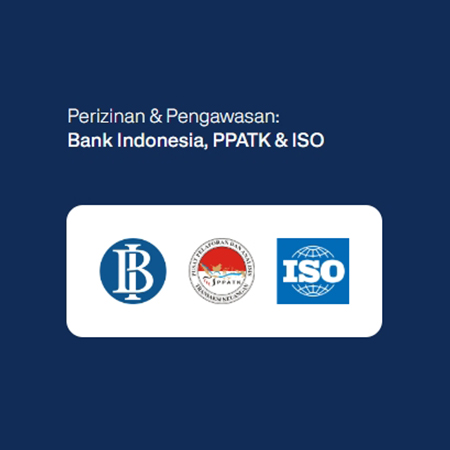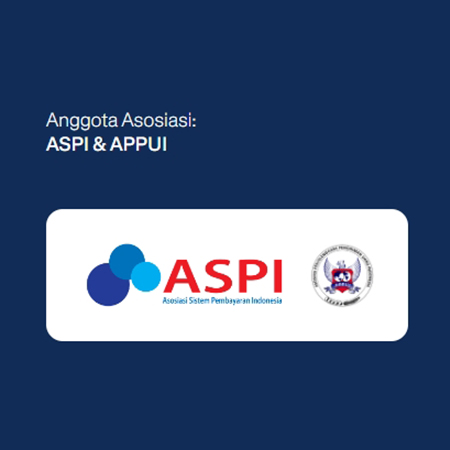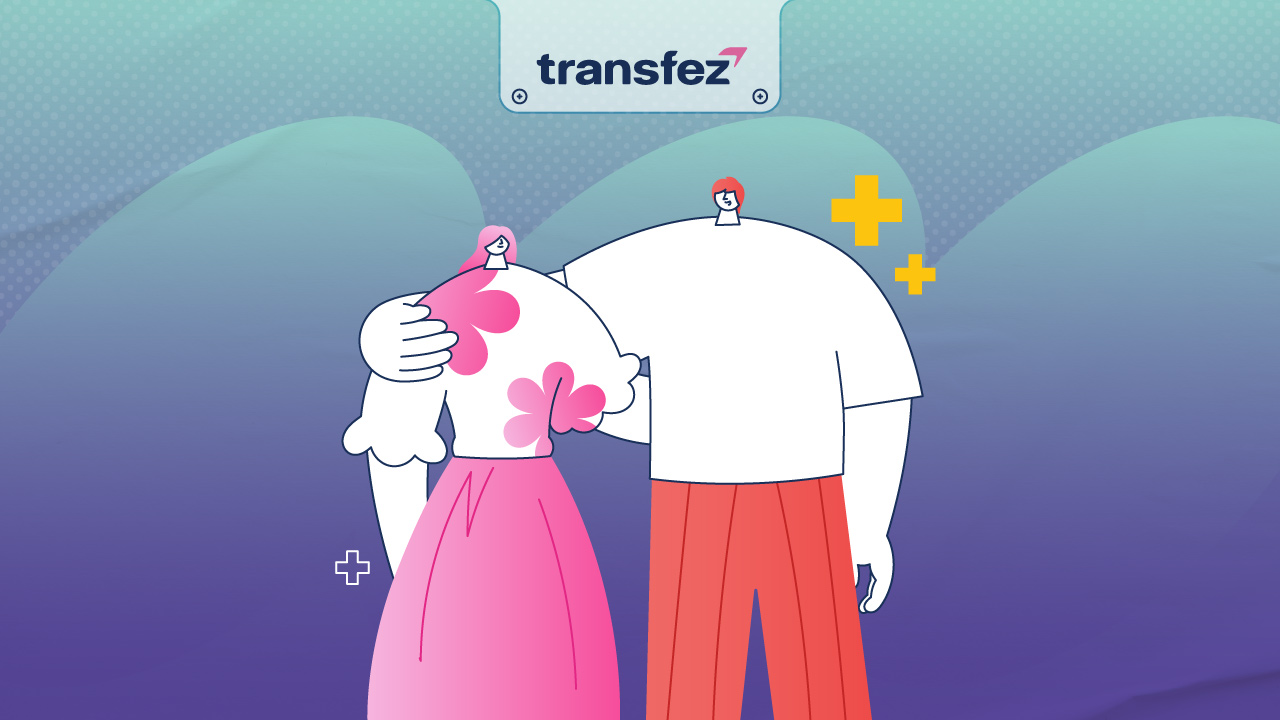
According to the Financial Services Authority (OJK) in Indonesia, a premium is the insurance coverage fee paid either in a lump sum or in installments by the insured to the insurer based on an insurance policy.
Definition of Premium
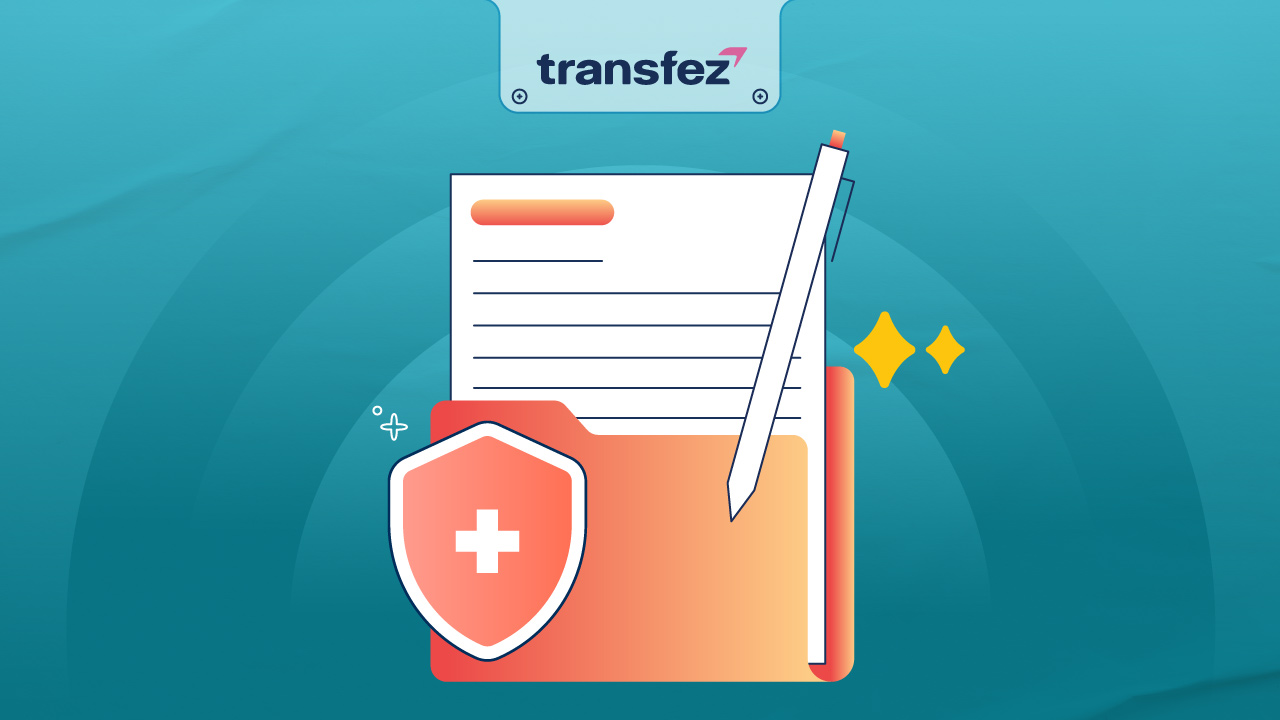
A premium refers to a sum of money paid by the customer (or insured) to the insurance company (the insurer). This sum serves as compensation for the insurer’s service in bearing various risks and potential future losses that may be experienced by the insured.
The insured’s condition is a determining factor in the amount of premium paid to the insurer. The premium amount can be self-calculated or determined by the insurance company as the insurer.
To understand premiums more deeply, let’s explore their purpose.
Purpose of Having a Premium
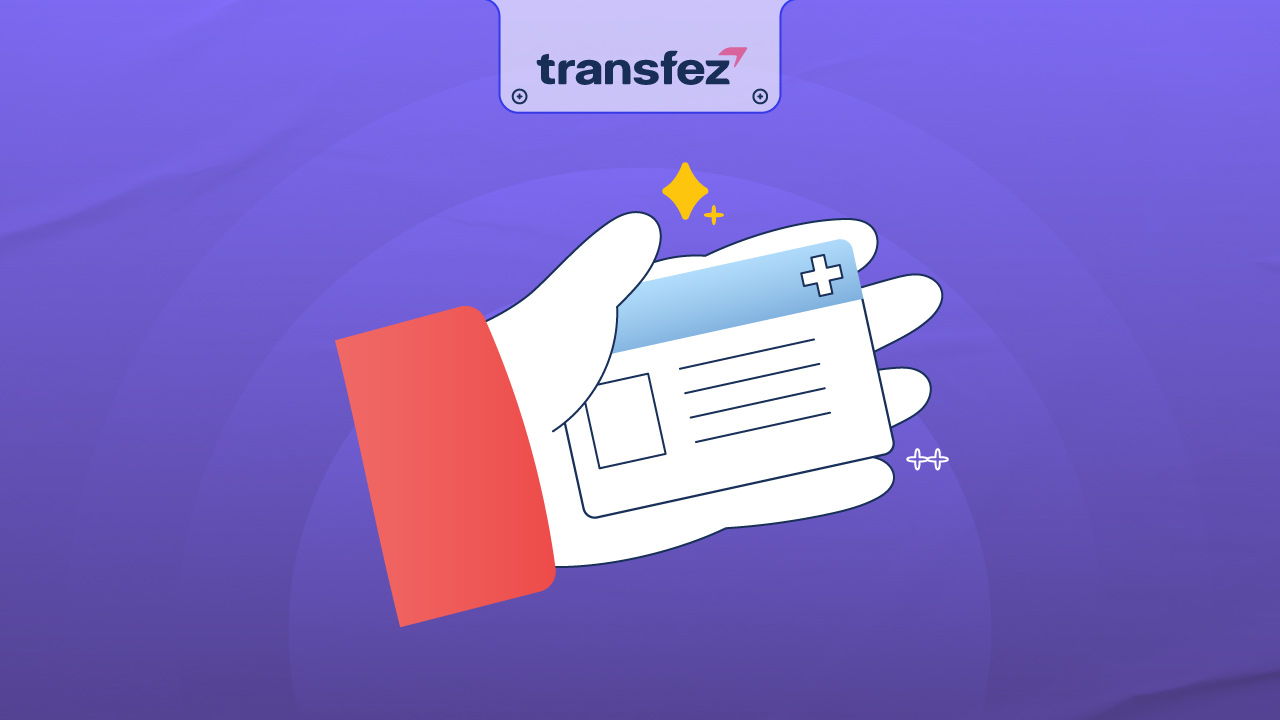
1. Budgeted Costs
Premiums allow the insured to pay only a specific amount periodically, rather than facing unexpected, large costs.
2. Risk and Loss Protection
Premiums provide a guarantee of protection against risks or losses that may occur to the insured.
3. No Full Reimbursement Needed by Insured
The insured won’t need to fully cover losses out-of-pocket; instead, they only pay a specific premium periodically.
Types of Premiums
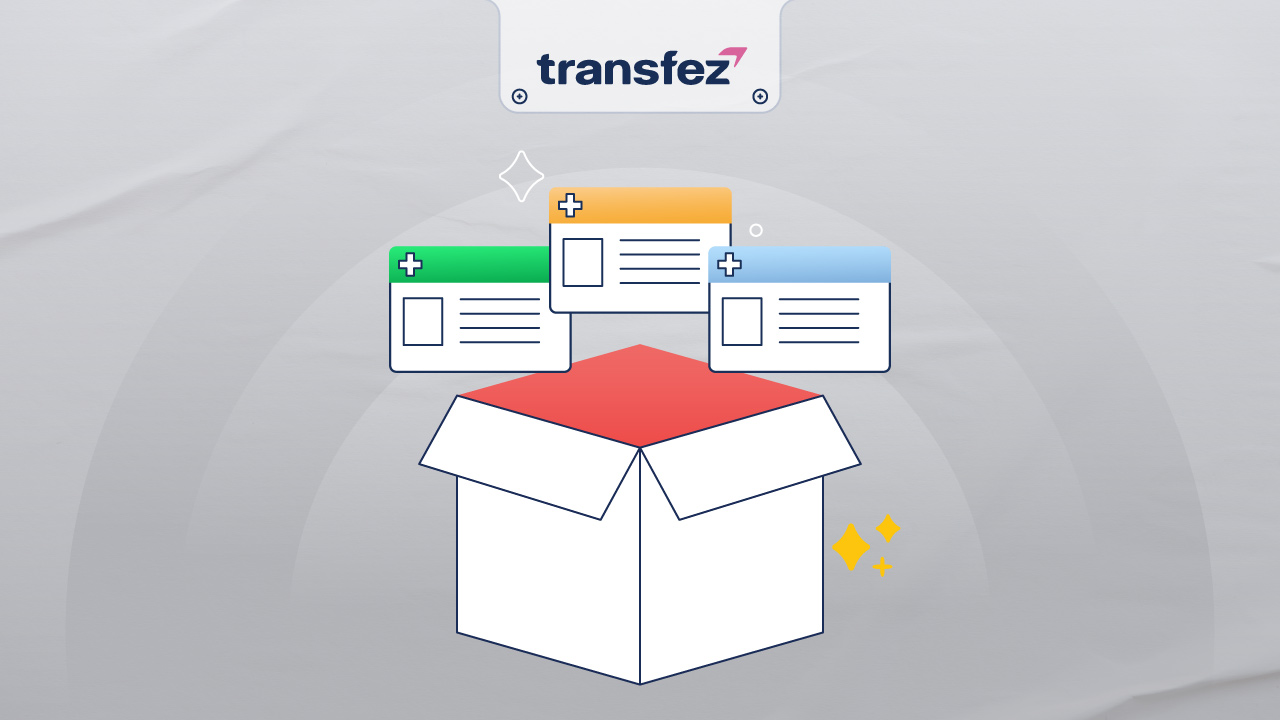
A. By Insurance Type
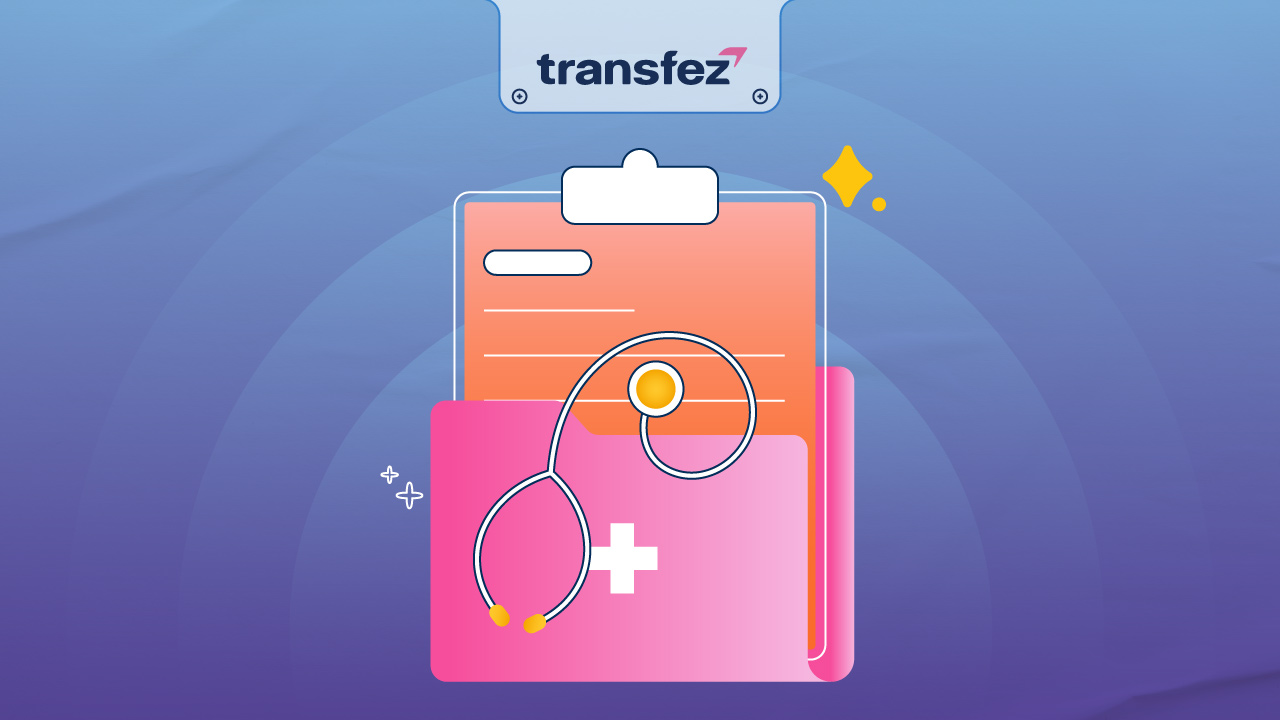
Premiums come in several types that policyholders can choose from based on their needs:
1. Health Insurance
This type covers hospital expenses, including medication costs, when the insured experiences health issues.
2. Life Insurance
This provides financial protection in the form of a payout to the insured’s beneficiary if the insured passes away. Variants include whole life, term life, and unit-linked life insurance.
3. Property Insurance
This protects assets such as a home against disasters like landslides, floods, fires, or theft.
4. Vehicle Insurance
There are two types:
Comprehensive: Covers full or partial damage to the vehicle.
Total Loss Only (TLO): Covers only major losses (typically 75% or more).
5. Travel Insurance
Usually purchased when buying plane tickets, it covers:
- Compensation for accidents
- Medical costs
- Lost items
- Flight delays
- Medical evacuation
- Family visit costs
- Temporary home protection
B. By Payment Type
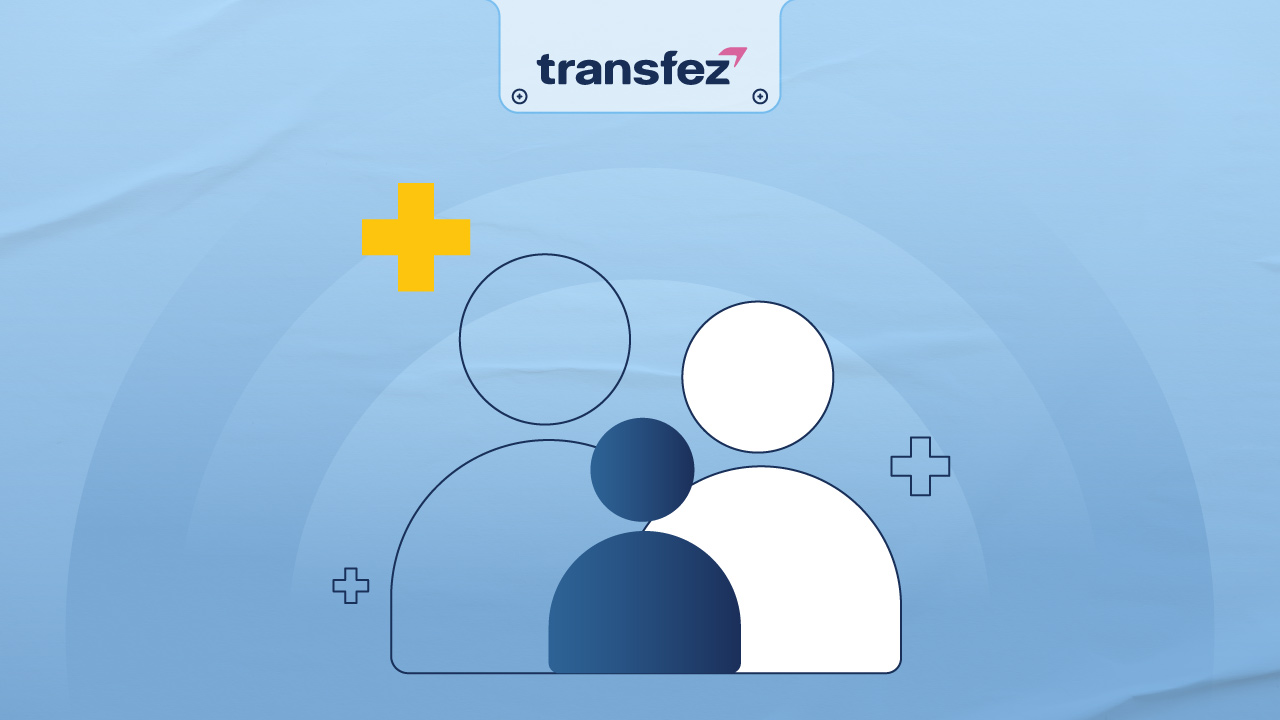
Premiums can also be categorized by how they are paid:
1. Single Premium
A one-time payment made by the policyholder. This is commonly used for investment-heavy insurance products. The premium is higher than regular premiums due to the investment portion.
2. Regular Premium
Payments are made periodically (e.g., every 3, 6, or 12 months). Ideal for policyholders seeking maximum protection, with optional riders provided by insurers. The cost is more affordable and better matched to individual needs, while the coverage amount is often higher than that of a single premium.
Example of a Premium
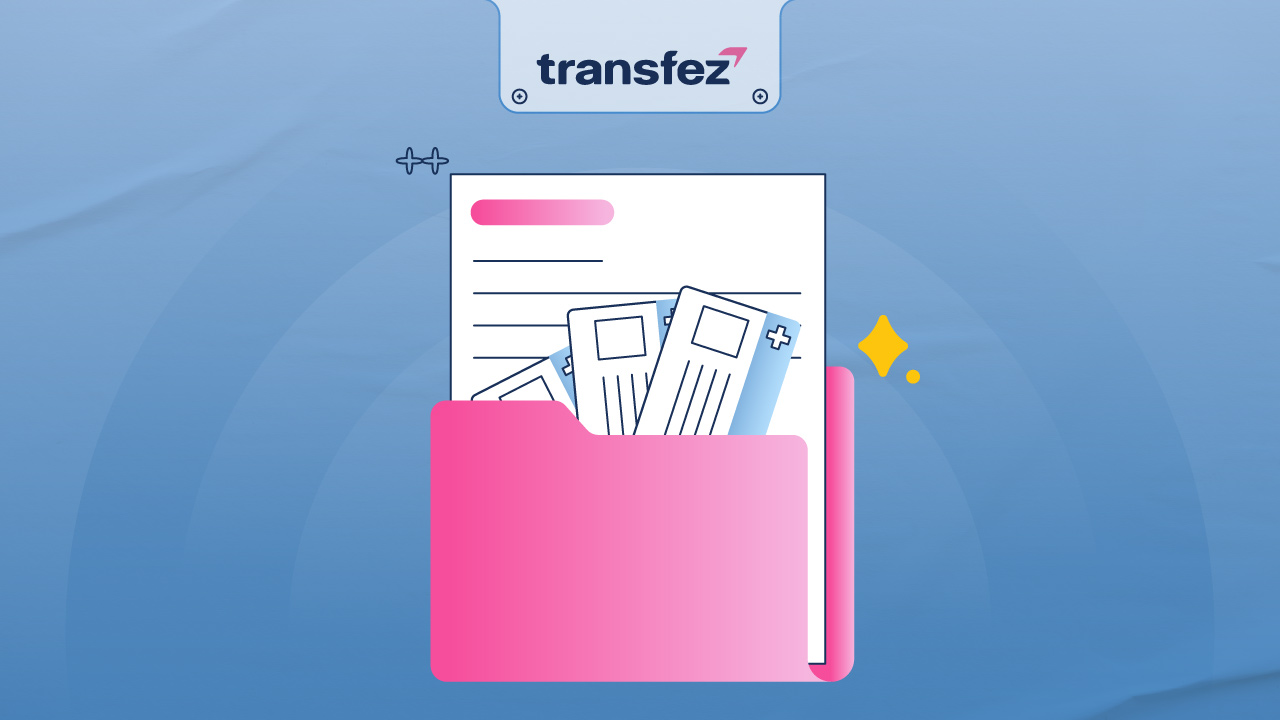
Here’s an illustration:
A pure life insurance (term life) policy typically has the lowest premium but provides high coverage. There’s no investment component; all funds are allocated purely for protection.
Example:
Ani, a 40-year-old woman, pays an annual premium of IDR 5 million. She receives coverage of up to IDR 1 billion. This premium remains flat for 20 years.
Download Transfez App
Transfez App can help you transfer money abroad more quickly and efficiently. Jack Finance can also help your business in making transactions abroad. For those of you who want to send money to relatives who are abroad because they are studying, working, or traveling, Transfez will be ready to help. This app is available on Android as well as iOS.






